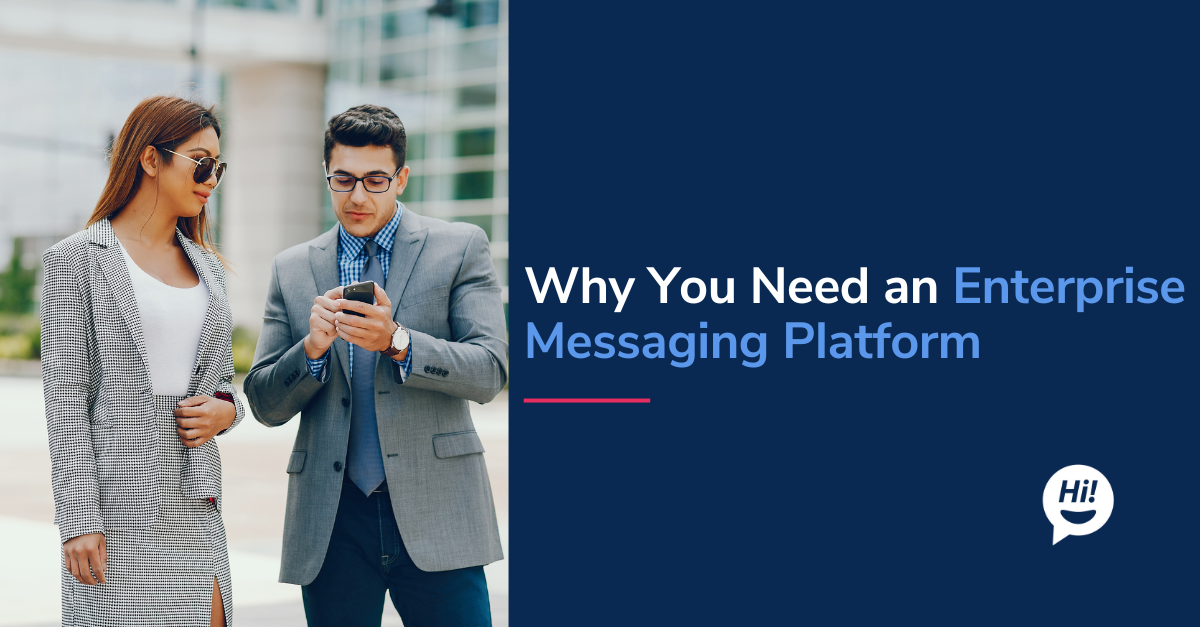In recent years, chatbots have gained significant popularity as an innovative tool for businesses to engage with customers. However, alongside their rise, several myths and misconceptions about chatbots have also emerged. In this post, we aim to debunk these myths and shed light on the reality of chatbots and their potential as powerful customer service tools. So let's dive in and separate fact from fiction when it comes to chatbots.
Myth #1: Chatbots Lack Human-Like Conversations
One of the most common misconceptions is that chatbots are unable to replicate human-like conversations effectively. While it's true that early chatbots had limitations in their ability to understand natural language and context, advancements in artificial intelligence (AI) and natural language processing (NLP) have transformed the chatbot landscape. Modern chatbots can now interpret user intent, engage in meaningful conversations, and provide personalized responses that mimic human interaction. They can understand and respond to complex queries, provide product recommendations, and even detect emotions to provide empathetic support. While we never recommend Botsplash users to solely use chatbots, automation has come a long way in recent years to maintain natural conversation with customers while live agents are busy or unavailable.
Myth #2: Chatbots Are Only Suitable for Large Enterprises
Another prevailing myth is that chatbots are only practical for large enterprises with extensive resources. In reality, chatbot technology has become more accessible and affordable, making it viable for businesses of all sizes. There are various chatbot platforms and frameworks available, allowing organizations to choose a solution that aligns with their specific requirements and budget. From startups to small businesses, chatbots can streamline customer support, enhance lead generation, and automate routine tasks, irrespective of a company's size.
Myth #3: Chatbots Replace Human Agents
Contrary to popular belief, chatbots are not meant to replace human agents but rather to augment their capabilities. Chatbots excel at handling repetitive and straightforward tasks, such as providing basic information, answering frequently asked questions, and collecting customer data. By automating these routine tasks, chatbots free up human agents to focus on more complex and high-value interactions. The synergy between chatbots and human agents creates a seamless customer experience, where chatbots handle initial inquiries and human agents step in when personalized assistance is required.
Myth #4: Chatbots Can't Understand Customers' Intent
Some skeptics argue that chatbots lack the ability to understand customers' intent accurately, leading to irrelevant or inaccurate responses. However, modern chatbots leverage AI and NLP technologies to analyze customer input and decipher their intent accurately. Through machine learning algorithms, chatbots continuously improve their understanding of user queries and deliver more accurate responses over time. They can recognize different variations of the same question and provide appropriate answers, ensuring a high-quality user experience.
Myth #5: Chatbots Are Impersonal and Lack Empathy
One common concern is that chatbots lack empathy and personalization, making them unsuitable for customer-facing interactions. While chatbots don't possess emotions, they can still provide a personalized experience. By integrating customer data and preferences, chatbots can deliver tailored recommendations, product suggestions, and targeted marketing messages. Furthermore, advancements in sentiment analysis enable chatbots to detect customer emotions, allowing them to respond with empathy and understanding, even in difficult situations.
Myth #6: Chatbots Are Expensive to Implement and Maintain
Many believe that deploying and maintaining chatbots is an expensive endeavor, requiring extensive financial resources. While the cost of developing a custom chatbot can vary depending on complexity, the value proposition for what you get is excellent. Botsplash offers ready-to-use solutions with intuitive interfaces, allowing businesses to create and deploy chatbots without coding knowledge. Additionally, the long-term benefits of chatbots, such as reduced customer support costs, improved response times, and increased customer satisfaction, outweigh the initial investment.
Conclusion
Chatbots have come a long way from their early beginnings, and it's time to dispel the myths surrounding their capabilities. From conversational abilities to affordability, chatbots have proven to be valuable assets for businesses of all sizes. By understanding the reality behind these misconceptions, organizations can harness the power of chatbots to deliver exceptional customer experiences, streamline operations, and drive business growth. So let go of the myths and embrace the potential of chatbot technology.
Remember, it's not about replacing humans but complementing the personalized approach of a live agent, providing a seamless blend of automation and human touch in customer interactions. Chatbots are here to stay, revolutionizing the way businesses engage with their customers and paving the way for a more efficient and personalized future.
To learn more about Botsplash click the button below to schedule a demo with our team.







